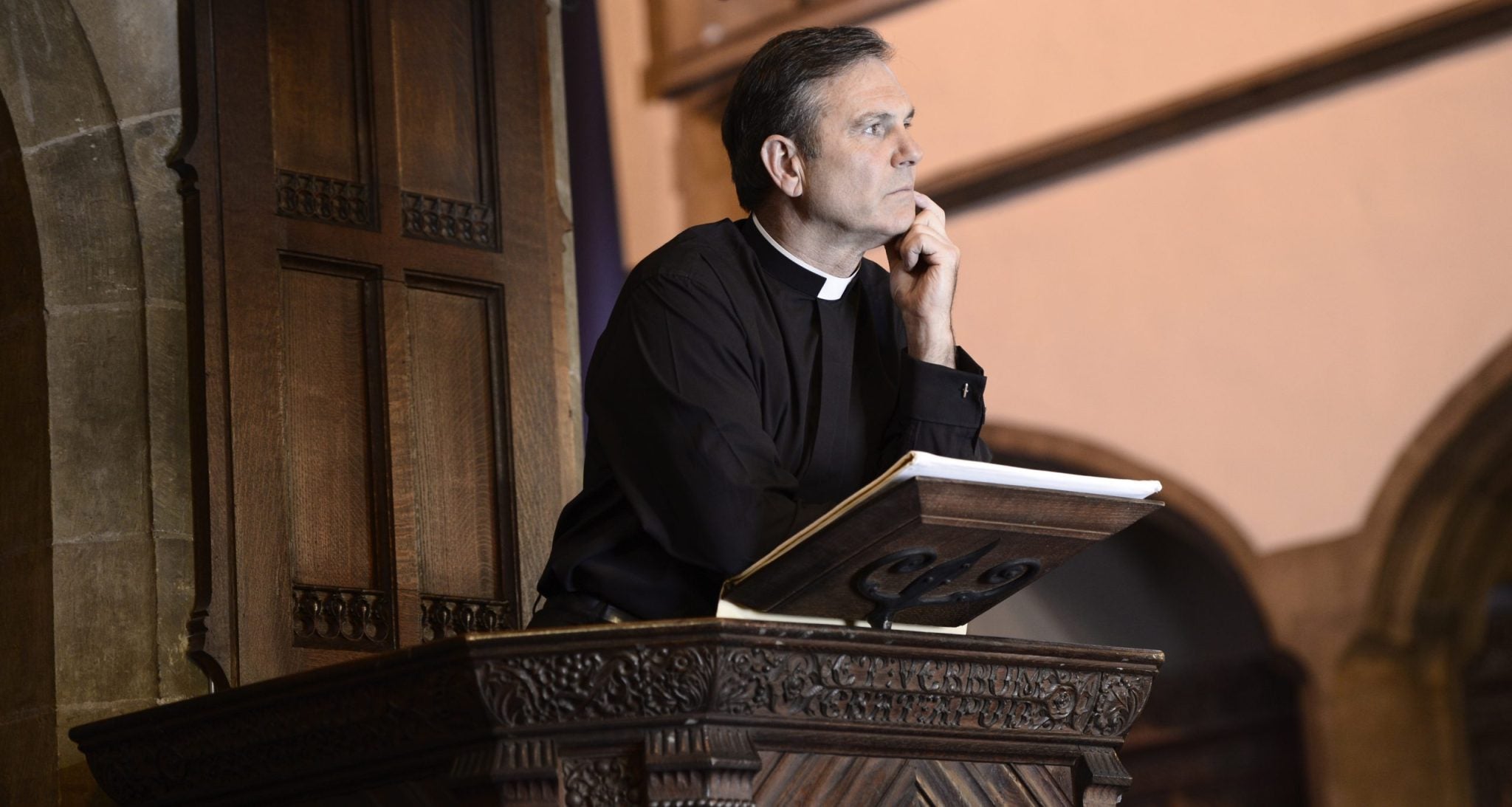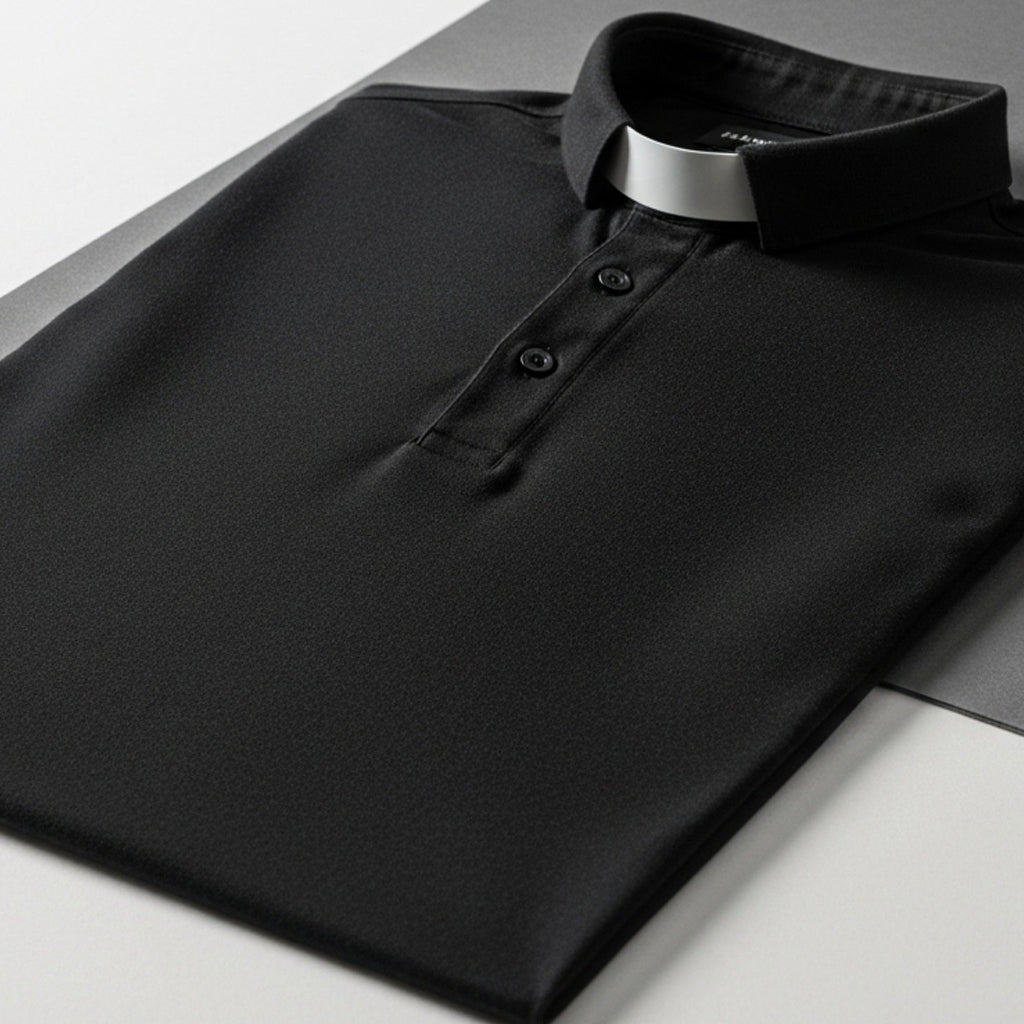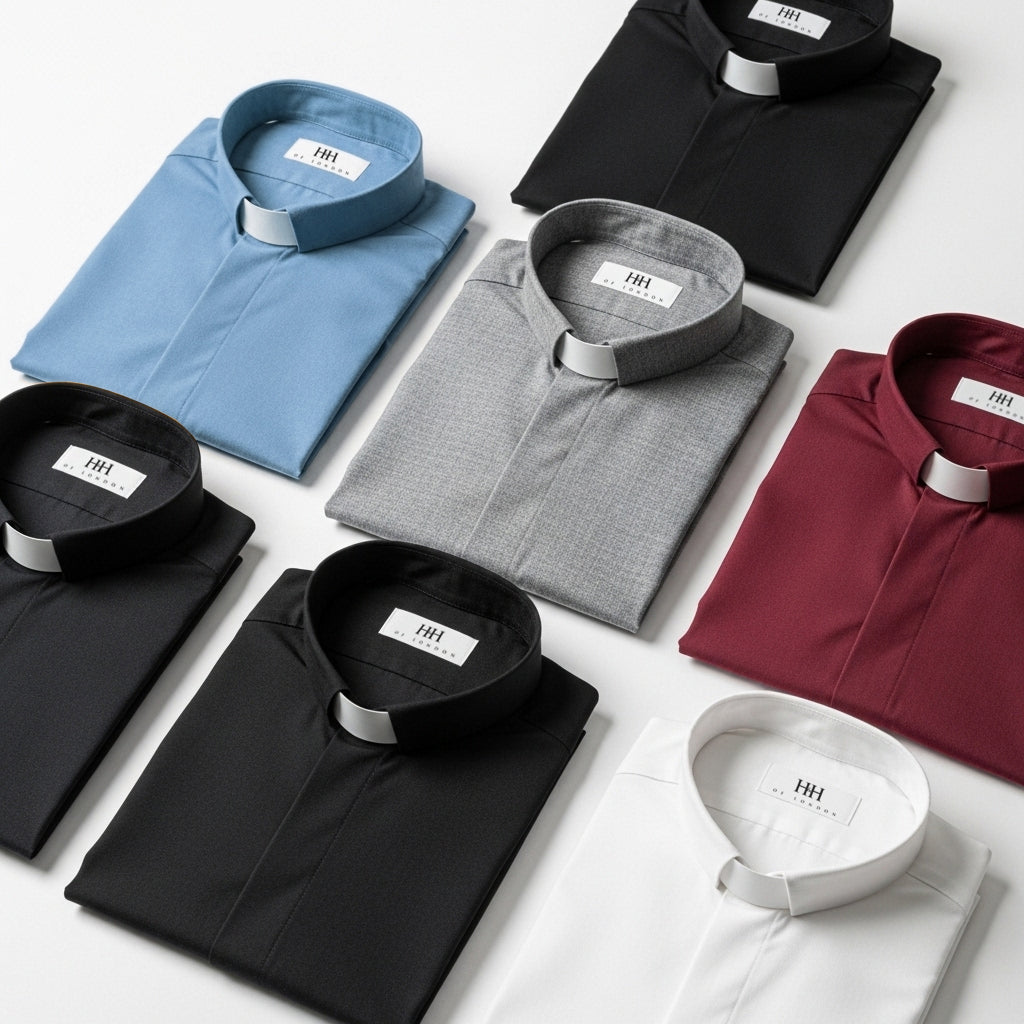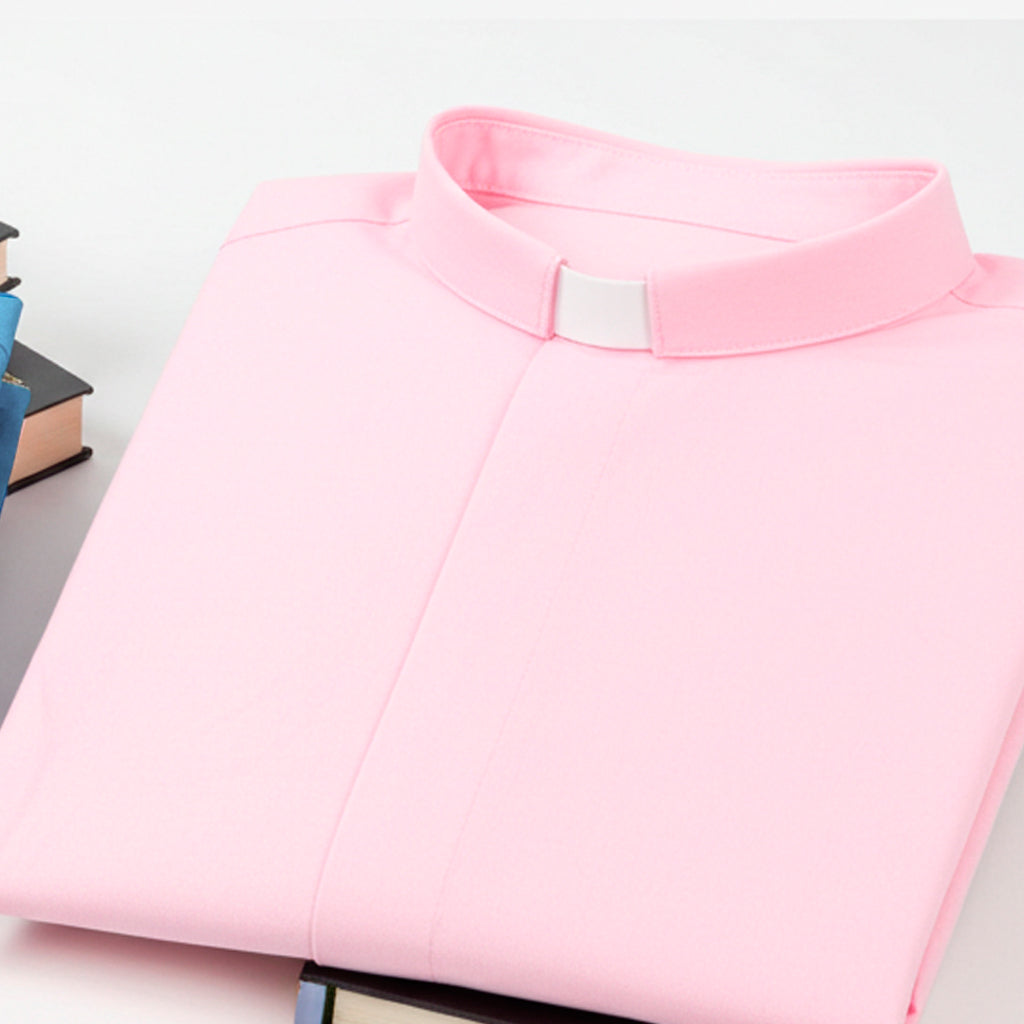
Clerical Clothing: Symbolism, Options, and Liturgical Styles
Clerical clothing plays a vital role for religious leaders, symbolizing their roles and denominations within the church. This attire conveys deep meaning and history, reflecting the wearer’s position and purpose in ministry.
Background and Options for Clerical Clothing
Priests and clergy members wear distinctive clerical clothing, such as unique shirts and robes, making them instantly recognizable to their communities. This attire serves a practical purpose: it highlights their official role, providing a focal point for churchgoers. Far from being just a uniform, clerical clothing shapes how clergy present themselves.
Though layered and flowing, these garments prioritize comfort for daily wear across all seasons. Manufacturers use lightweight, durable fabrics like linen, polyester, or cotton, ensuring suitability year-round. When shopping for clerical clothing, opt for these low-maintenance materials and learn proper care techniques to preserve their look and longevity.
Availability of Clerical Clothing
You can purchase clerical clothing directly from ministries or religious institutions. Specialty retailers, like Hammond & Harper of London—crafting clergy attire for over 20 years—also offer a wide selection. Retail stores provide more variety in colors, sizes, and styles, plus accessories like collar studs, bib stocks, and clergy collars to complete your ensemble. Know your needs to avoid mismatched purchases.
Service Formality and Colors in Clerical Clothing
Catholic priests favor black clerical clothing for non-liturgical and formal services, a color widely recognized across denominations. Traditional black shirts and cassocks dominate everyday and public wear, cementing black as the primary choice. Some denominations avoid black vestments for funerals or death-related events like the Feast of All Souls, though younger clergy increasingly embrace it regardless of occasion.
White clerical clothing, often paired with cloaks or robes, shines during formal ceremonies—weddings, funerals, baptisms, and holidays. Rarely worn publicly, white shirts pair with collars tied to specific seasons or events. Purple (Roman Purple) marks roles like Bishop, distinguishing rank in services or alongside senior clergy. Red or maroon signifies higher positions, such as Cardinals, within the church hierarchy.
Liturgical Robes and Ceremony Vestments
For liturgical events—weddings, masses, funerals—priests don ceremonial clerical clothing to honor the occasion’s significance. These vestments are essential, reflecting respect and tradition. Key liturgical vestments include:
- Alb: A base layer symbolizing purity, worn over cassocks and under stoles, dalmatics, or chasubles during Mass.
- Cincture: A rope securing the alb, representing purity.
- Stole: A band denoting priestly authority—deacons wear it over one shoulder, priests and bishops around the neck.
- Chasuble: The outer vestment, symbolizing charity.
Liturgical clerical clothing varies by color, reflecting the church calendar and event:
- Green: Hope
- Rose: Love and joy
- Red: Christ’s bloodshed
- Purple: Humility and repentance
- White/Gold: Glory, innocence, joy, purity
Why Clerical Clothing Matters
Clerical clothing transcends fabric—it embodies spiritual meaning tied to faith and tradition. Understanding its symbolism and colors shows respect for your clergy and beliefs, especially if you’re considering a religious role. Explore Hammond & Harper’s range of clerical clothing today to find styles that honor your calling.








